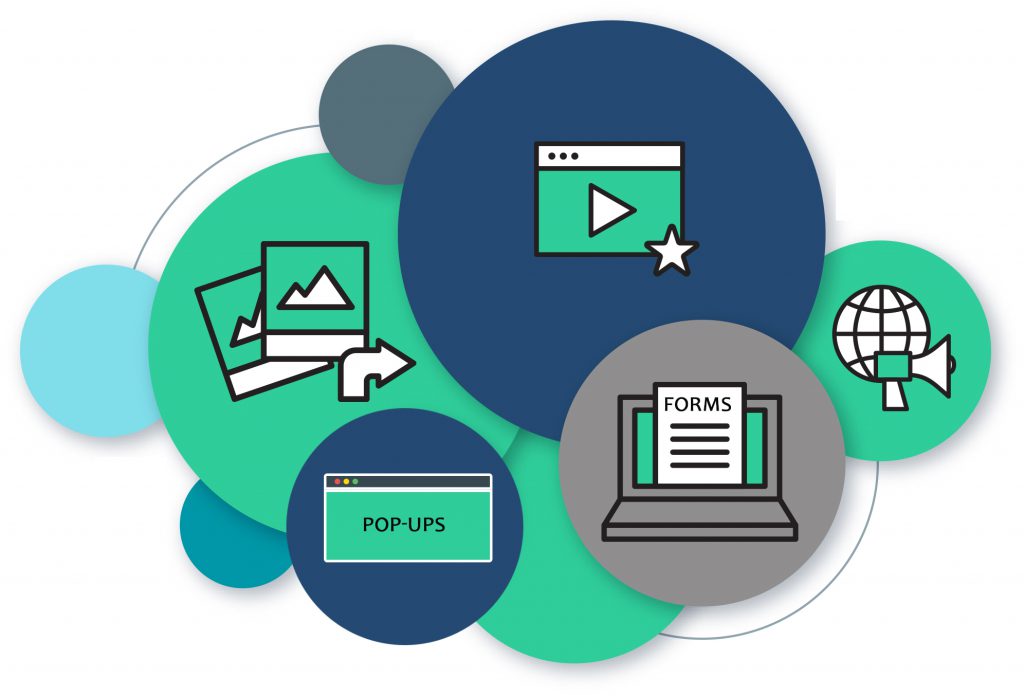Key Benefits of Social Media Marketing

Social media marketing refers to the process of gaining website traffic or attention through social media sites. Brands and companies create profiles on social media platforms like Facebook, Twitter, Instagram, YouTube, LinkedIn, Pinterest, etc. to connect with current and potential customers.
With over 5 billion users, social media has become an extremely effective marketing tool for businesses of all sizes to reach their target audience, increase sales, and improve brand awareness.
One of the great ways to reach your target audience is to create a digital magazine or catalog using a digital publishing platform like Enhanc and share it on social media platforms.
Let’s discuss some of the key benefits of social media marketing
Improved Brand Loyalty
Social media allows brands to engage with customers and build relationships through timely and direct end-consumer contact. By interacting and responding to customers authentically, brands can increase trust, transparency, and loyalty.
Some ways social media leads to improved brand loyalty include:
- Engaging with customers and quickly responding to questions, concerns, and feedback. This shows customers that the brand listens and cares.
- Providing exclusive rewards or content only to followers. Followers feel special and connected to the brand when they get VIP access.
- Highlighting loyal customers and brand advocates via social media shoutouts. Public acknowledgment strengthens the relationship.
- Offering sneak peeks at new products and allowing followers to provide input. Customers feel invested in the brand when they get to contribute.
- Creating polls and contests tied to social media. These interactive experiences get customers actively involved.
- Sharing behind-the-scenes content and company culture highlights. Bringing humanity to the brand makes customers relate more.
- Brand loyalty stems from making customers feel valued, understood, and invested in the brand relationship. Social media provides a platform to accomplish that through direct two-way communication between brands and consumers.
More Opportunities to Convert
Social media opens the door for more opportunities to convert customers compared to traditional marketing channels. Every post, interaction, and impression on social platforms serves as a new touchpoint to drive conversions.
With social media, brands have an ongoing presence in front of their target audience. This persistent exposure via content and conversations creates countless micro-moments when a user could potentially convert. These small opportunities add up over time.
For example, someone might not be ready to buy after seeing one post. However after viewing several posts over a few weeks, they became more familiar with the brand and primed to convert. Social media nurtures users through the sales funnel.
Brands can also retarget cold traffic from ads by engaging them on social media afterward. This amplifies the number of times a user sees the brand, making them more likely to eventually convert. The same concept applies to website visitors – brands can reconnect on social media to remain top of mind.
Additionally, social platforms enable brands to interact with users directly. This personal connection strengthens affinity and trust, which ultimately drives more conversions. Brands can answer questions, provide support, etc to build relationships with potential customers.
With so many possibilities to expose users to branded content and make connections on social media, it becomes a powerful conduit for conversions. The wide reach and frequent use of social platforms giv brands more opportunities to turn users into customers.
Lead Generation
Social media is one of the most effective platforms for lead generation today. By developing a strong social media presence, brands can reach and engage with their target audience to drive new leads and sales. Here are some of the key ways social media helps generate leads:
– Reach new audiences – Social platforms allow you to connect with people you otherwise wouldn’t be able to reach through traditional channels. You can join industry conversations, groups, and forums to get your brand and content in front of relevant audiences and turn them into potential leads.
– Build relationships – Social media facilitates relationship-building at scale. You can provide value to prospects through helpful content and suggestions until they’re ready to convert. Nurturing leads through social platforms leads to higher conversion rates.
– Share offers and promotions – Social platforms give you a space to highlight special deals, discounts, or promotions. You can use lead generation offers like free trials, consultations, demos, or quotes to capture contact information from interested prospects.
– Retarget website visitors – You can reconnect with people who have visited but have not yet converted to your website through remarketing ads on social channels. This helps capture leads who showed initial interest.
– Showcase thought leadership – By consistently sharing valuable insights, experiences, and expertise, you establish authority and trust. This makes prospects more likely to view you as an industry leader and engage further.
– Generate referrals – Satisfied customers who are active on social media can help refer new leads to your business. You can encourage them to share experiences, tag your brand, and recommend you to their networks.
With several built-in lead generation features and the ability to tap into large, targeted audiences, social platforms offer immense opportunities to connect with potential customers and drive new business. An effective social media strategy is crucial for capturing quality leads and driving sales growth.
Market Insights
Social media provides invaluable insights into customer interests, needs, and opinions. Brands can observe social conversations to identify new opportunities, trends, and feedback.
- Monitor brand mentions and hashtags to see what customers are saying. This provides instant feedback on how people perceive and interact with your brand.
- Analyze social audience demographics, behaviors, and interests. These insights help refine marketing and product strategies.
- Run polls and surveys to directly ask customers questions. Social polls provide rapid feedback for everything from new product ideas to customer satisfaction.
- Study user-generated content like reviews, comments, and posts. This reveals customer sentiment toward your brand along with first-hand product/service experiences.
- Identify influencers and brand advocates. Customers who love your brand can provide powerful endorsements, reviews, and referrals.
- Listen for complaints and criticisms. Addressing negative feedback quickly transforms detractors into brand loyalists.
- Gain competitive intelligence by monitoring mentions of competitor brands. See how customers feel about competitors’ products and marketing.
- Test different promotions and messaging to see what resonates best with your audience. The social platform itself provides the focus group.
- Leverage social listening tools to automatically track mentions, keywords, sentiment, and more. This provides an ‘always-on’ source of customer insights.
The customer insights and two-way communication of social media are invaluable. By truly listening to your audience, social media provides endless opportunities to improve marketing, customer service, product development, and every aspect of business.
